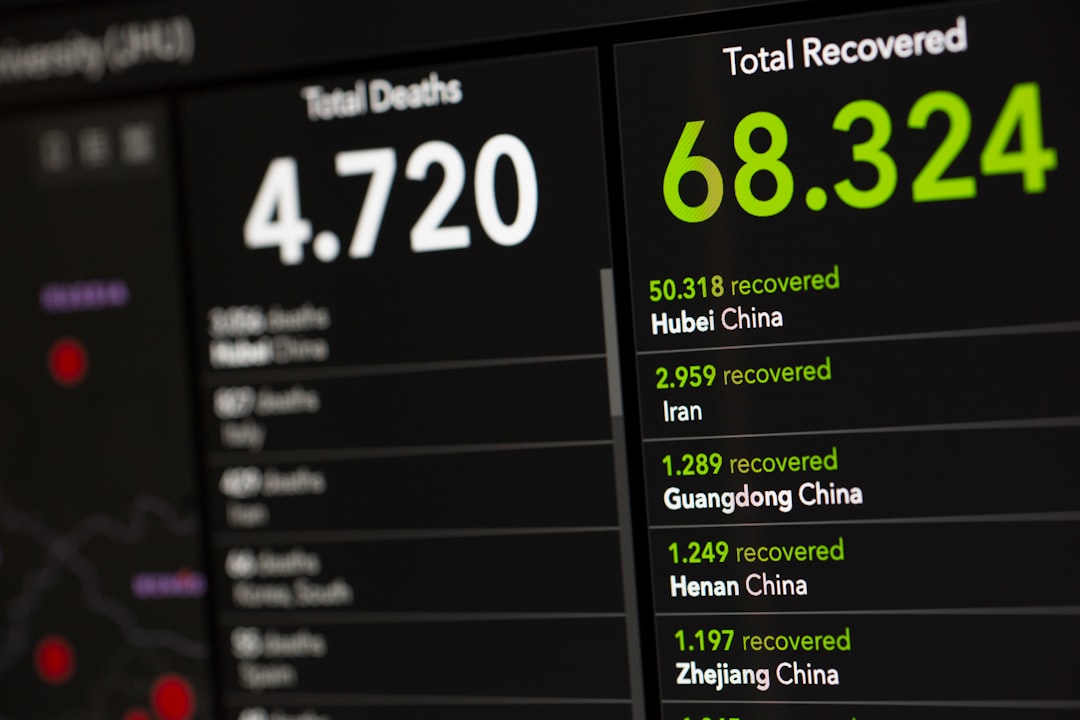Effective revenue forecasting is a cornerstone of sustainable business growth. For organizations using HubSpot CRM, aligning deal stages with revenue forecasts can provide invaluable transparency and help sales managers and executives make more informed decisions. However, mapping your HubSpot deal stages to revenue projections requires not just knowledge of the software but also a clear understanding of your sales pipeline, performance indicators, and customer behaviors.
Why Mapping HubSpot Deal Stages Matters
The sales pipeline contains multiple stages, each representing a milestone in the buyer’s journey. Properly mapping these deal stages to revenue forecasts allows organizations to:
- Predict revenue with greater accuracy
- Identify bottlenecks within the sales process
- Drive better sales performance through data-driven decision-making
- Allocate resources more effectively across teams and marketing initiatives
HubSpot offers robust tools to manage deal stages, but optimizing them for forecasting requires a strategic approach. In this article, we’ll walk you through a step-by-step process for mapping HubSpot deal stages to reliable revenue forecasts.
Step 1: Define and Customize Deal Stages
Before establishing a forecasting model, evaluate whether your current deal stages reflect your sales process accurately. In HubSpot, default deal stages can be customized. Ensure that each stage corresponds to a measurable activity toward conversion.
For example, your deal stages might include:
- Appointment Scheduled
- Qualified to Buy
- Presentation Scheduled
- Decision Maker Bought-In
- Contract Sent
- Closed Won or Closed Lost
Maintain clarity in each stage’s definition so the team applies them consistently. The more consistent your deal data, the more accurate your forecasts will be.
Step 2: Assign Probability Percentages to Each Stage
Once your deal stages are clearly defined, assign a probability of closing to each one. This is critical for revenue forecasting, as it allows you to weight each deal properly based on its progress through the sales funnel.
For instance:
- Appointment Scheduled – 10%
- Qualified to Buy – 20%
- Presentation Scheduled – 40%
- Decision Maker Bought-In – 60%
- Contract Sent – 80%
- Closed Won – 100%
You can adjust these values based on historical data and win rates per stage. HubSpot allows assigning these probabilities directly in the deal pipeline settings, and they will be used in the forecast calculation.

Step 3: Enable and Configure the Forecasts Tool in HubSpot
HubSpot’s Sales Hub Professional and Enterprise users have access to the built-in Forecasts tool. To activate this feature:
- Navigate to Sales > Forecasts from your HubSpot dashboard
- Ensure the right pipeline is selected for your sales team
- Ensure that the required close date and deal owner fields are filled in correctly for each deal
This tool automatically uses the probability percentages assigned to each stage to provide a weighted forecast of expected revenue. The data is updated in real-time as deals move through the pipeline.
Step 4: Use Weighted Pipeline Views for Forecasting
HubSpot enables you to use filtered and saved views in your Deals tab to simulate different forecast scenarios. Create custom views based on:
- Deal stage
- Expected close date
- Deal owner
- Deal amount
Apply filters like “Closing This Month” and group by deal stages to see how much potential revenue is in each phase. You can then aggregate the stage-weighted amounts for a quick informal forecast.
Step 5: Create Forecast Reports & Dashboards
For a scalable solution, build custom dashboards that include forecast reports. HubSpot’s reporting tool allows you to create:
- Forecast by Close Date
- Deal Stage Conversion Rates
- Revenue Forecast by Rep
Utilize historical data to adjust your stage probabilities quarterly. For example, if your average win rate from “Decision Maker Bought-In” is 45% rather than 60%, adjust your forecast model accordingly.

Step 6: Review and Refine Regularly
Your sales process evolves, and so should your forecast model. Conduct quarterly reviews to examine whether your deal stage probabilities accurately reflect reality. Consider the following during review:
- How long deals stay in each stage
- Conversion rates from stage to stage
- Overall win/loss patterns over time
Adjust your pipeline configuration, probabilities, and dashboard metrics accordingly. Using HubSpot’s historical snapshot features can help track changes over time and inform continuous improvements.
Bonus: Integrate with Advanced Forecasting Tools
If your organization requires more advanced forecasting capabilities, consider integrating HubSpot with external tools such as:
- Clari – for AI-driven revenue intelligence
- InsightSquared – for detailed forecast analytics
- Microsoft Power BI – for custom visualizations from HubSpot data
These tools can leverage your HubSpot deal stage configurations and historical data to provide deeper insights into your revenue pipeline. However, their effectiveness still depends heavily on how well your HubSpot deal stages reflect real buying behaviors.
Common Mistakes to Avoid
When mapping HubSpot deal stages to revenue forecasts, avoid the following pitfalls:
- Having too many or ambiguous stages: Overcomplicating your pipeline creates confusion and weakens your data integrity.
- Failing to regularly update deal information: Forecasts are only as good as the data they rely on.
- Using generic probabilities: Customize probabilities with real data from your historical wins and losses.
- Not involving the sales team: Secure buy-in from your reps to ensure stages are understood and followed consistently.
Conclusion
Mapping HubSpot deal stages to revenue forecasts is more than configuring settings—it’s a strategic initiative that demands collaboration, analysis, and continuous refinement. When executed correctly, it gives your organization a reliable lens into future performance, enabling better planning and stronger growth.
By ensuring your deal stages accurately reflect buyer milestones and assigning realistic probabilities based on historical performance, you can harness the full capability of HubSpot’s forecasting tools. From there, dynamic dashboards, accurate reporting, and actionable insights become not just possible but transformational.
Always remember: the strength of your revenue forecast depends on the quality and consistency of your data. Start with your pipeline, involve your team, and make data-driven improvements every quarter. That’s the path to forecasting you can trust.

